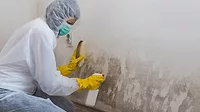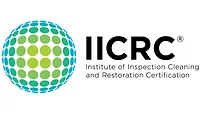Redefining the Controlled Environment: Where Contamination Begins and Control Ends
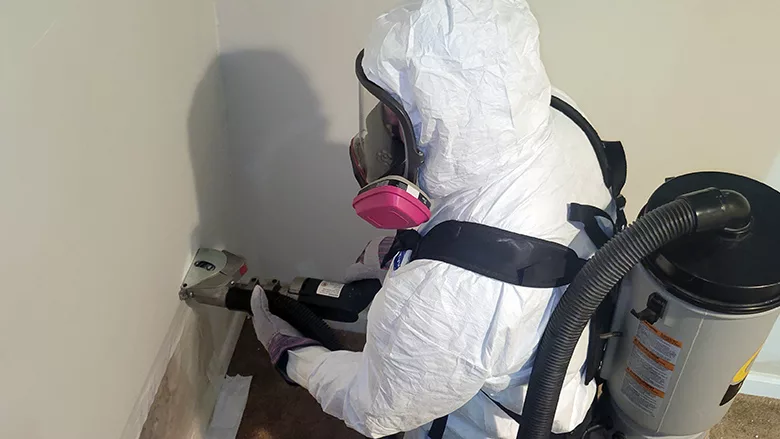
Images provided by Mark Cornelius
What exactly is a controlled environment? As an instructor that teaches around 35 IICRC approved AMRT classes a year, I hear and see approaches and ideas you can’t imagine. What’s even more alarming is the vast numbers of poor practices posted on social media forums. Originally, I was asked to discuss Remediation in Controlled Environments. The more I thought about it, my focus kept going outside the box, which is where contamination ends up if a remediator does not control the contaminated environment.
During the act of remediation, materials are removed. Demolition releases debris and possible contamination. Containment keeps the dirt in the dirty area and the clean area free of cross-contamination. Air filtration devices (AFDs) in negative air mode control the environment by putting the work area under a vacuum. Careful, thought-out demolition techniques reduce the amount of contamination and debris placed into the air. One of these techniques is the use of cutting tools that capture dust at the point of creation. The AFD better able to clean the air if it is less dirty to start.
Remediators often work against themselves.
- Plastic is put up haphazardly and hastily.
- No thought is given on how to leave the work area for a break or to go home at the end of the work shift.
- Soiled PPE is worn while traversing from the controlled environment through “clean areas”.
- AFDs are exhausted into “clean areas” without testing the exhausted air to verify that the AFD is functioning properly.
- No transition point from the contaminated area into “clean areas” creates a non-controlled environment.

Often my students sheepishly admit that regularly they have to go back to their project and clean the rest of the property due to visible sheetrock dust. Why is there demolition debris on the customers’ contents outside the containment? The answer is simple: the controlled environment was not controlled.
Work performed inside containment is not easy. Everything we do risks making us lose control.
PPE is a controlled environment inside the controlled environment of your containment:
- Heat makes technicians hot and uncomfortable.
- Technicians often loosen PPE to be more comfortable.
- PPE is incorrect.
- PPE is damaged.
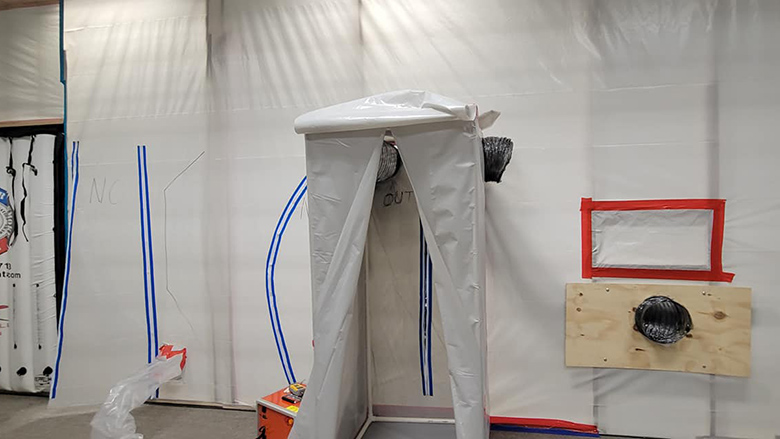
As technicians exit the contaminated work area without a decon chamber, cross-contamination of the unaffected area happens. If technicians put double zippers into the containment, they lose negative pressure when both zippers are open to remove large items. Not having enough CFM leads to loss of negative air and potential positive pressure.
Most companies do not test the exhaust air of the AFD. A HEPA scrubber is rated at 99.97% down to 0.3 microns. Many AFDs do not function at the level the contractor assumes it is. If the AFD is functioning at 95% at 20 microns that is a major problem. Why? Because the average mold spore is between 2-20 microns. If for any reason the AFD is not functioning properly cross-contamination occurs. The worst part is the contractor gets away with cross-contamination if the particulates are less than 50 microns. This is why the AFD should be, if at all possible, exhausted to the outdoors and not another room of the structure.
Everyone looks at the work area inside the containment as the controlled environment. In my opinion the opposite is true, especially at the early stages. It is contaminated with sewage, bacteria, mold and demolition debris. At best, it is controlled chaos. The true “Controlled Environment” is the unaffected space on the opposite side of the contaminated environment. So, the next time you are working inside of containment, think outside the box. Do not allow your thoughts or contaminants to wander into the unaffected area.
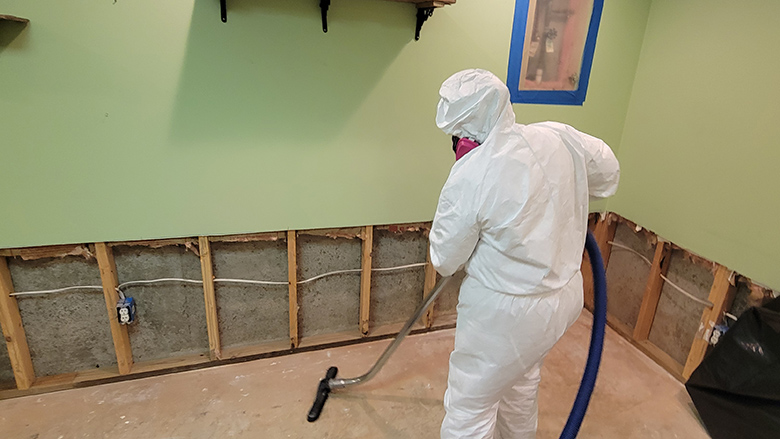
Looking for a reprint of this article?
From high-res PDFs to custom plaques, order your copy today!





